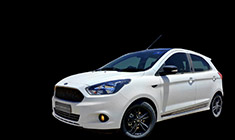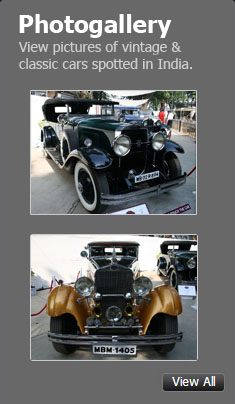News
12V Socket vs USB vs Wireless: Your preferred way to charge
This move has drawn mixed responses from car owners, with some preferring USB ports for the convenience, while others prefer 12V ports for the flexibility offered.
Cars today are slowly losing 12V ports in favour of USB ports in the centre console. This move has drawn mixed responses from car owners, with some preferring USB ports for the convenience, while others prefer 12V ports for the flexibility offered.
12V Lighter Socket
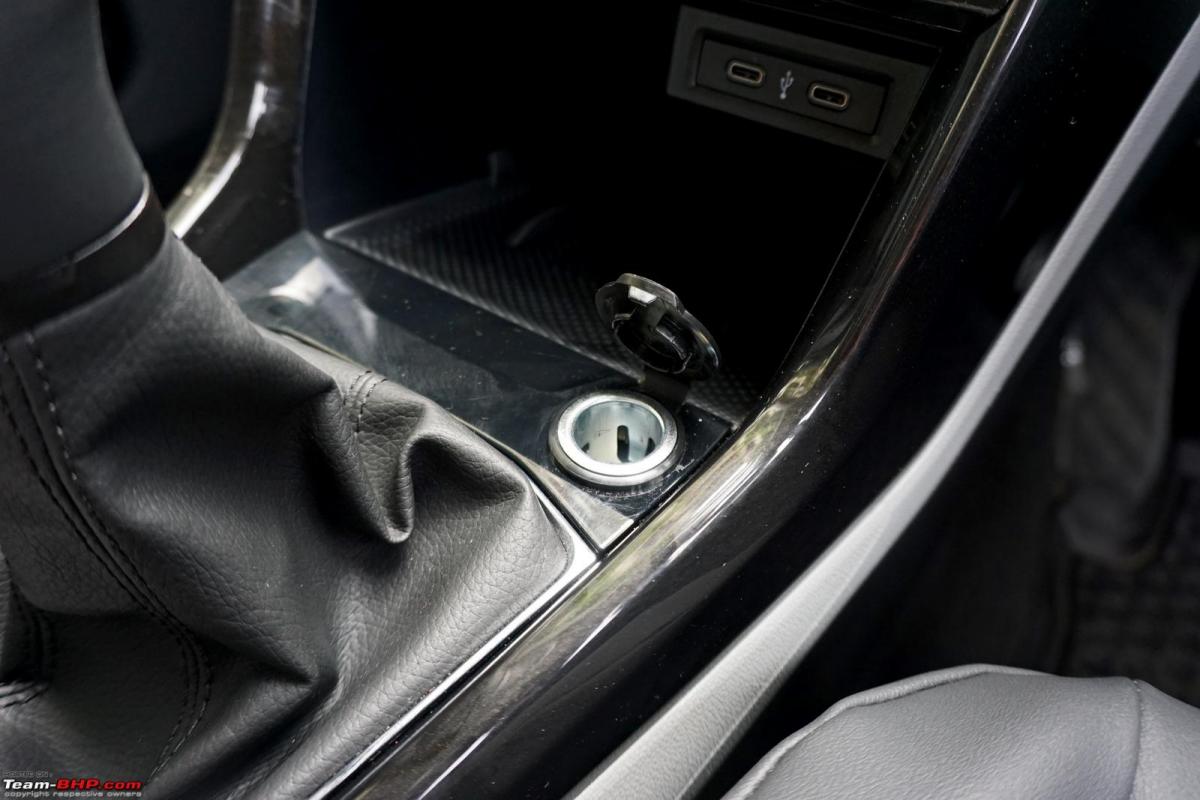
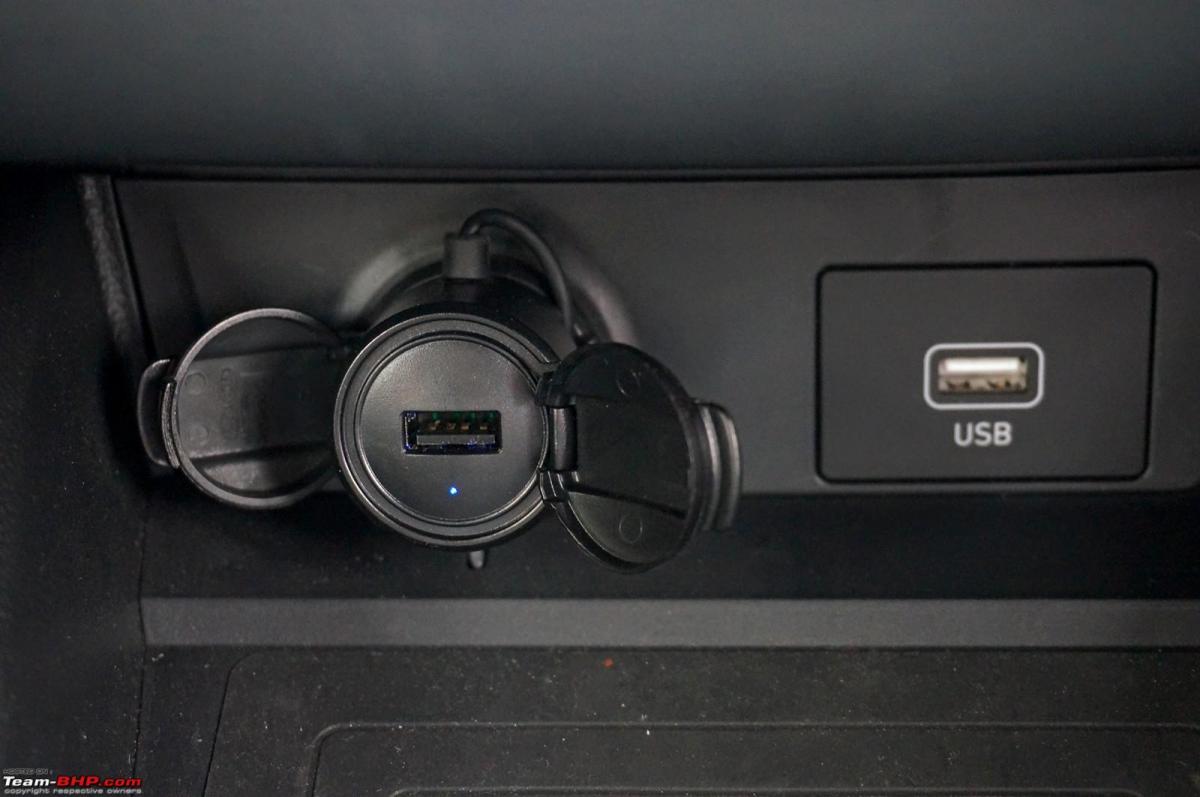
- With 12V sockets you can connect a variety of devices, like a mini-fridge, tyre inflator, and can even charge your laptop.
- You need to buy an extra adapter to connect your phone or other USB powered devices to the 12V socket.
- The adapter is clunky and can stick out like a sore thumb on a neatly designed dashboard.
- 12V socket can deliver a significant amount of power, and so the charging speed would depend on your choice of 12V to USB adapter, vs. the slow 0.5A USB ports that a lot of OEMs offer.
- Due to the modular nature and linking of multiple devices, the chances of a loose connection are higher in setups using the 12V sockets.
- If something goes wrong it is easier to fix the low-tech 12V socket, as compared to an inbuilt USB charger.
USB Chargers
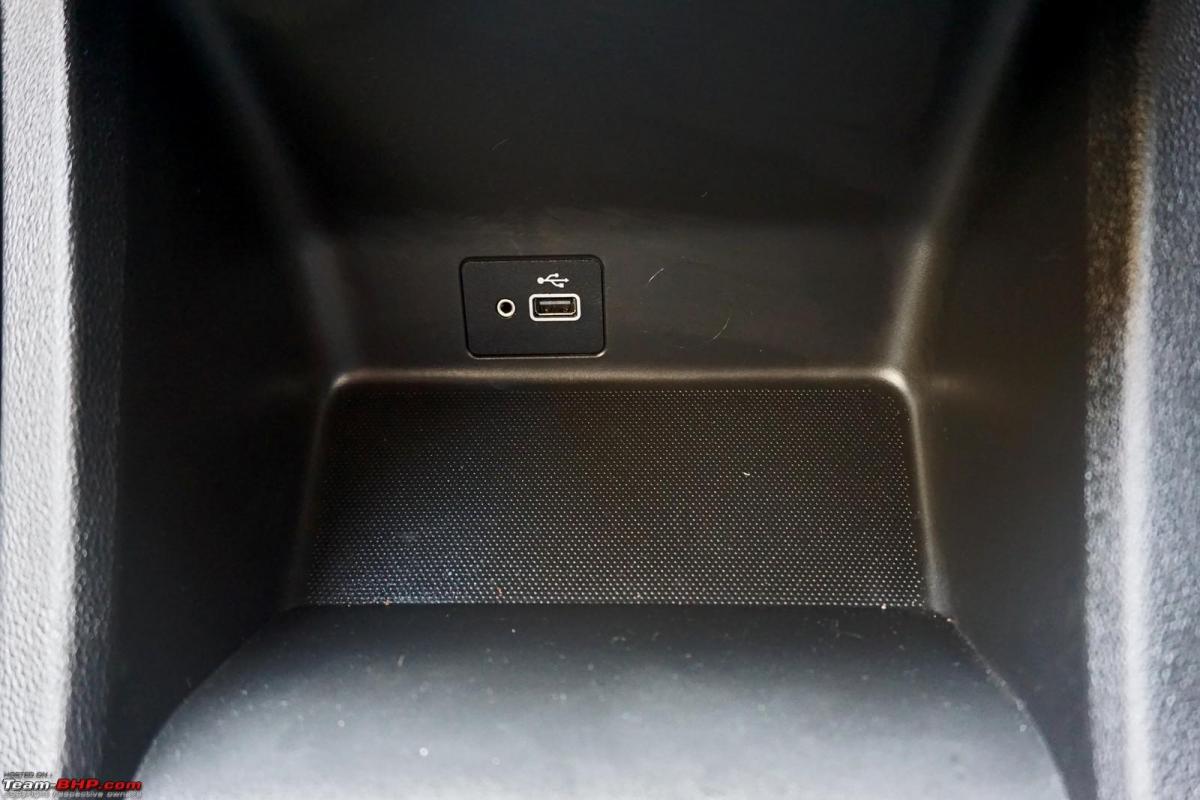
- USB chargers are designed into the car and therefore are more aesthetically integrated than the 12V sockets with add-ons plugged in. The dashboard looks cleaner and less cluttered.
- Most consumers use these ports just to charge their phones and nothing else. For them, integrated USB ports are most convenient as they need not buy additional adapters.
- Some ports offer the additional functionality of a wired connection to Android Auto / Apple CarPlay. These ports often come with a higher power output to facilitate faster charging too.
- Equipping cars with the technology that's evolving rapidly means that they may become outdated quickly. For example, Type-A ports are already being replaced by Type-C ports and Type-A chargers in cars may soon become obsolete. The 12V socket has been used as a standard for decades now, and the versatility keeps it relevant.
- Some cars come with just 1 USB port. That means you can connect either your phone or your dashcam.
- If there is just 1 USB port provided at the front, it's inconvenient for the front passenger as well. More so if Android Auto tries to automatically connect to the passenger's phone.
Both 12V sockets and USB chargers have their pros and cons. While some prefer one over the other, some drivers find it best to have both. This gives them an option to choose which one to use for the maximum utility. USB ports in the centre console give a clean look, while the 12V socket can be hidden away under the front centre armrest, for example.
USB Type-C
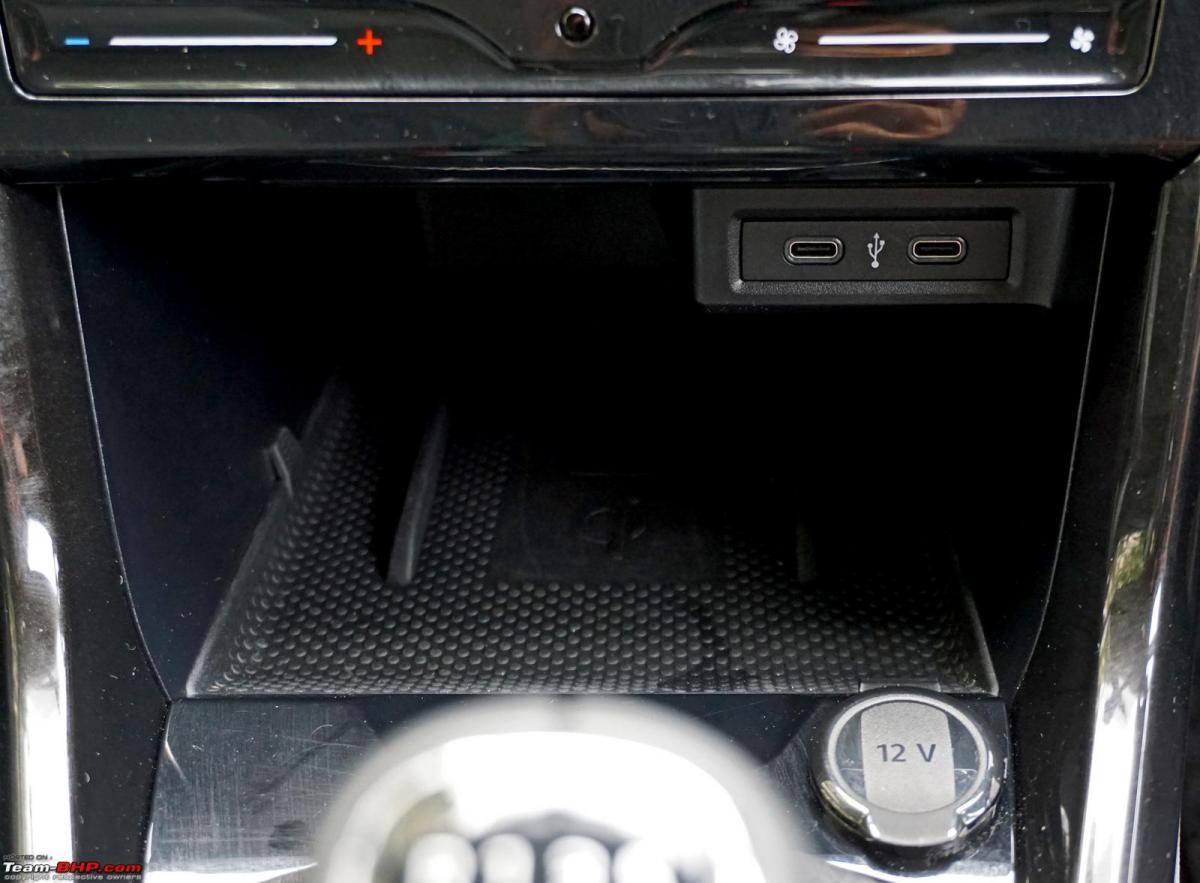
Some of the newer cars come with Type-C USB ports only (eg. Octavia and Kushaq). It's also safe to assume that in general, the Type-C ports included by OEMs will output more current than the legacy Type-A ports, resulting in faster charging times. One downside is that some phones and a lot of devices like dashcams are still not Type-C, which means that you will need to buy a new cable or an adapter to operate them.
Wireless chargers
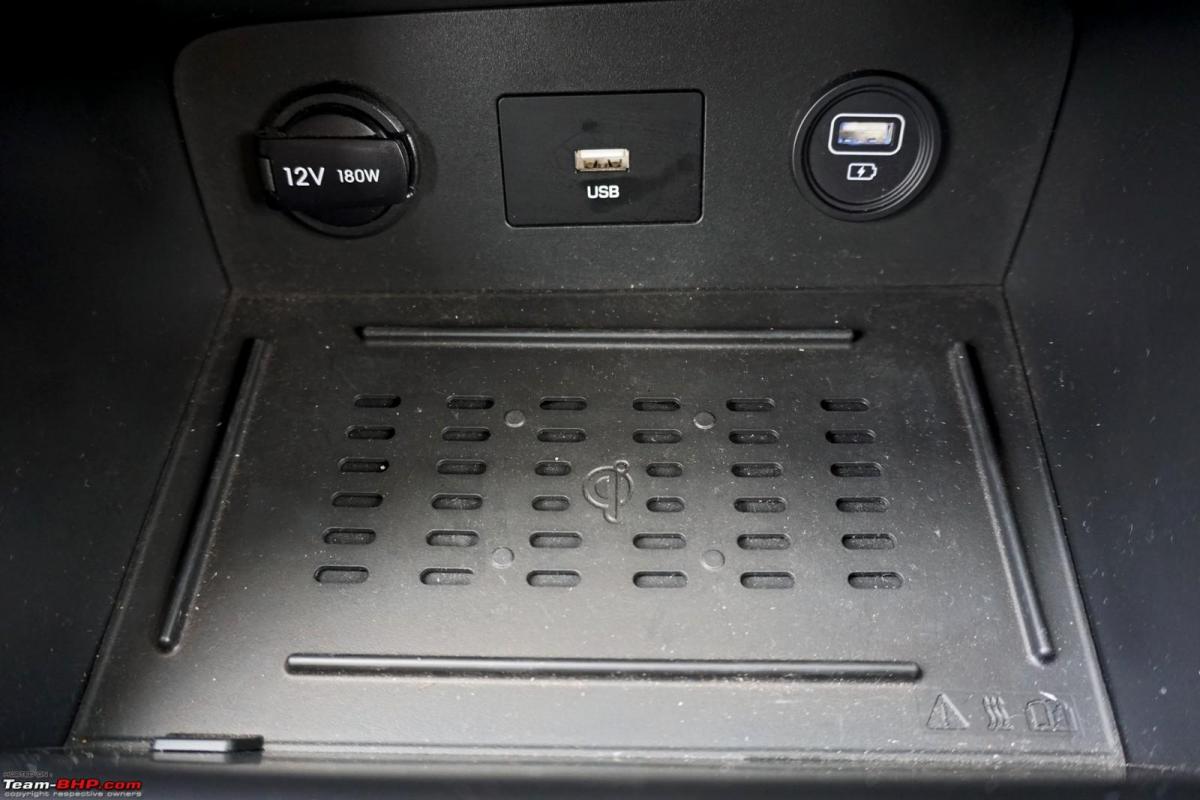
Wireless chargers are becoming more and more common in cars today. However, not many phones are compatible with these chargers, and hence they are not used that regularly. Along with the slower charging speeds, phones also tend to heat up more when being wirelessly charged. It also might not work if your phone has a back cover.
AC Power Socket
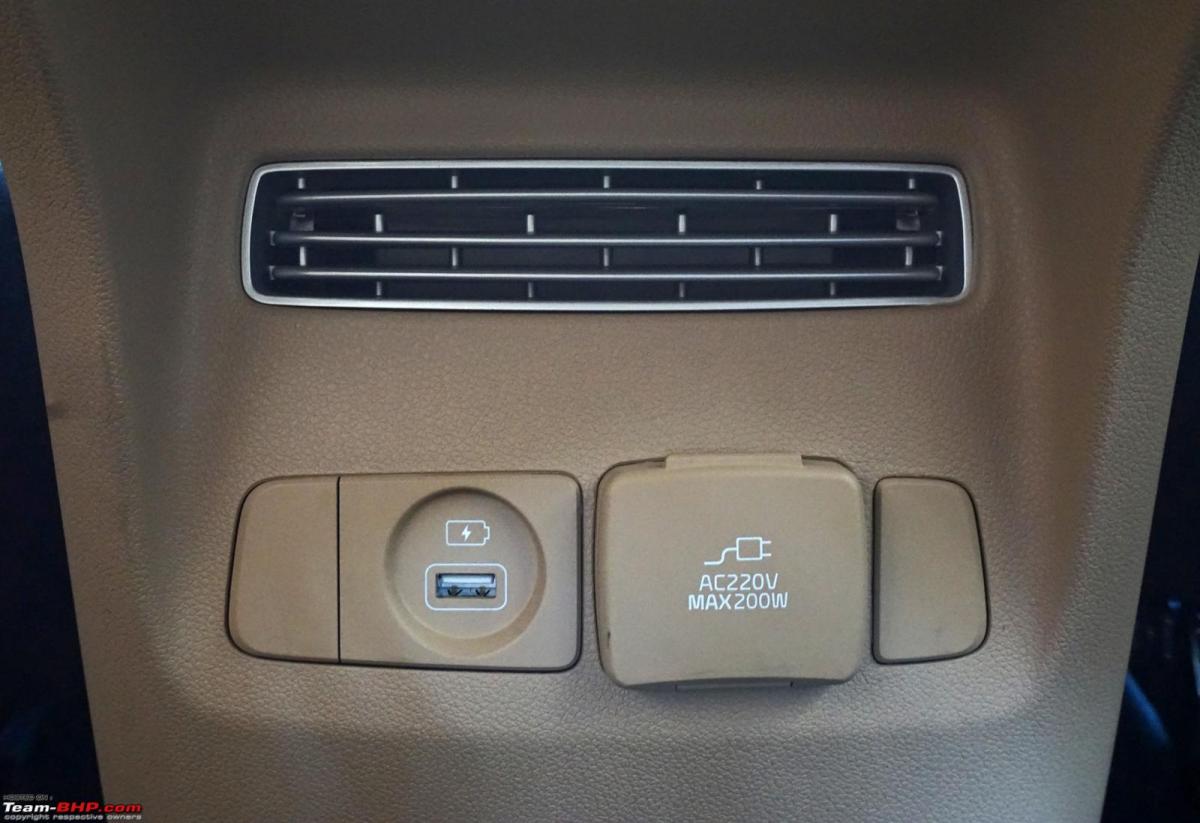
A select few cars come with a separate 220VAC power socket in addition to the with 12V ports / USB ports. The Kia Carnival is an example.
Check out BHPian comments for more insights and information.
















